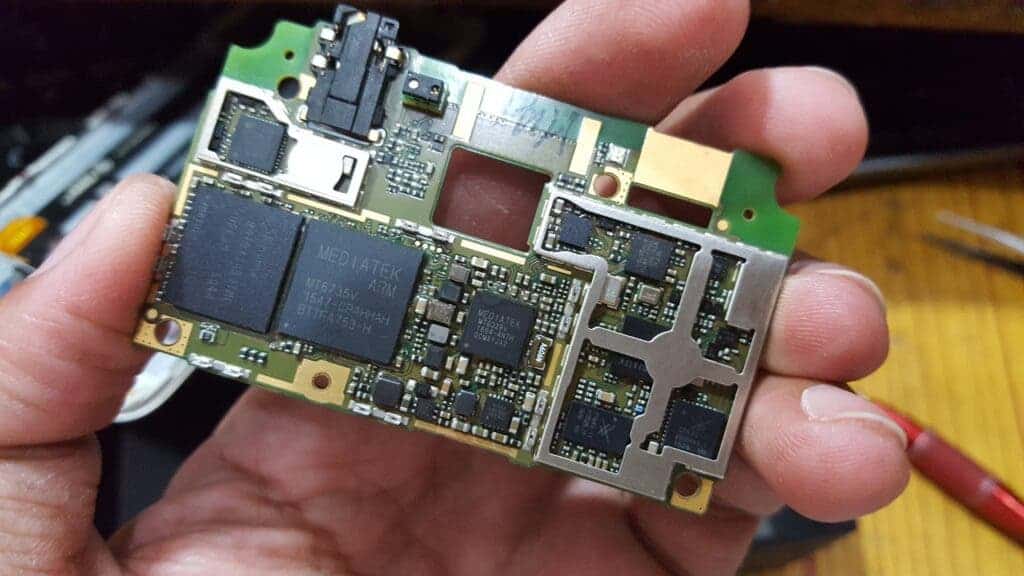The European Commission (EC) has proposed a set of new rules for mobile phone and tablet reparability that would extend the lifespan of devices and make it easier to repair, upgrade, and maintain them. If approved, the commission estimates that the move would reduce carbon waste that’s equivalent to five million cars in the streets — and make people’s lives a bit easier.

We’ve all probably had our share of annoying gadgets that go bust — and then there’s almost no way to repair them. This is more than just a simple inconvenience: we’re often throwing away products that still have life in then, and this costs a lot of money and produces pollution as well as greenhouse gas emissions. In Europe, this could soon change.
The plan would force phone manufacturers to make at least 15 components for at least five years after they release a new phone in the EU. Within that timeframe, consumers would have guaranteed access to spare parts such as chargers, back covers, batteries, displays, and SIM and memory trade cards, the proposed legislation reads.
The EC is also seeking improvements to battery durability. The plan says that phone and tablet batteries would have to endure at least 500 full charges before dropping below 83% of their capacity. Also, phones and tables would need to have an energy label with information like battery endurance and drop and water resistance ratings.
The regulations won’t apply to phones or tablets with a flexible main display or smartphones designed for high-security environments. Also, if manufacturers can’t supply batteries to consumers for five years, they will have to meet battery endurances test instead, ensuring devices reach 80% of capacity after 1,000 charges.
Manufacturers have complained about the legislation, claiming that greater parts availability will lead to more significant plastic consumption. Digital Europe, an organization that represents companies, said in a statement that “overproduction and subsequent warehousing and destruction of spare parts will naturally result in wasted resources.”
On the other hand, the Environmental Coalition on Standards (ECOS), a green NGO, had the opposite position and said the rules don’t go far enough. “Although generally encouraging, the proposals should still be significantly improved. The availability and replaceability of certain spare parts set unnecessary limits for do-it-yourself repairers,” the ECO said in a press release.
Losing control
Consumers today feel as if they have very limited control over what they can do with their devices, and one way or another, many companies aren’t building products to last as long as possible. This is a phenomenon called “planned obsolescence.” Manufacturers design their products with the expectation that they will break or become unusable in a limited amount of time, without giving info or guidance on how to self-repair them.
Users are then forced to routinely upgrade their devices to the newest version, creating a never-ending cycle of consumption and waste. The idea of “right-to-repair” seeks to rectify this. The mission is to give users the right to choose who repairs their own devices, enforcing manufacturers to level the playing field through legislation like the one proposed by the EU.
The bloc has already passed rules mandating a two-year minimum warranty on consumer electronics and has established a fund to help subsidize individual repairs. Other countries and states have also acted. France, for example, pioneered a “reparability index” that gives devices a rating that informs consumers on how reparable a device is.
In an attempt to be proactive, many multinational companies have also started initiatives to make lives easier for consumers. Apple created a Self-Service Repair Program that allows users to order some of the most commonly worn out and used parts in their most recent phones, pledging to expand this to include more parts in the future.



